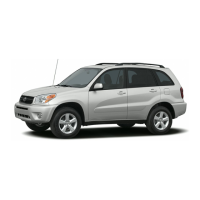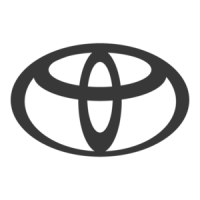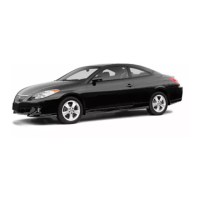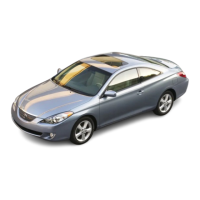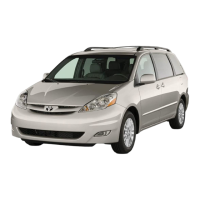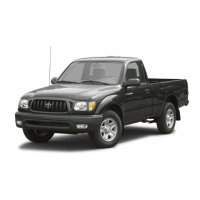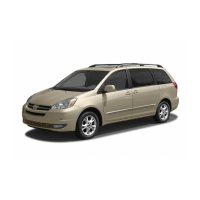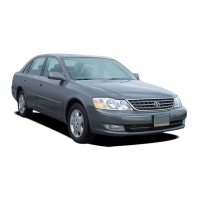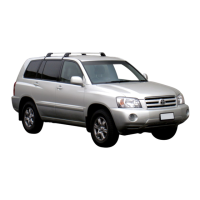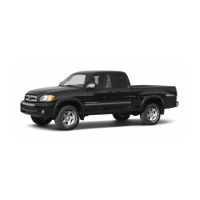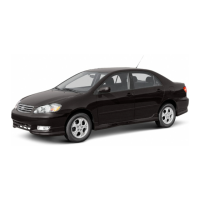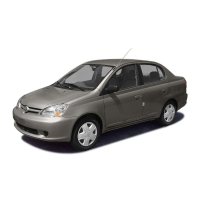
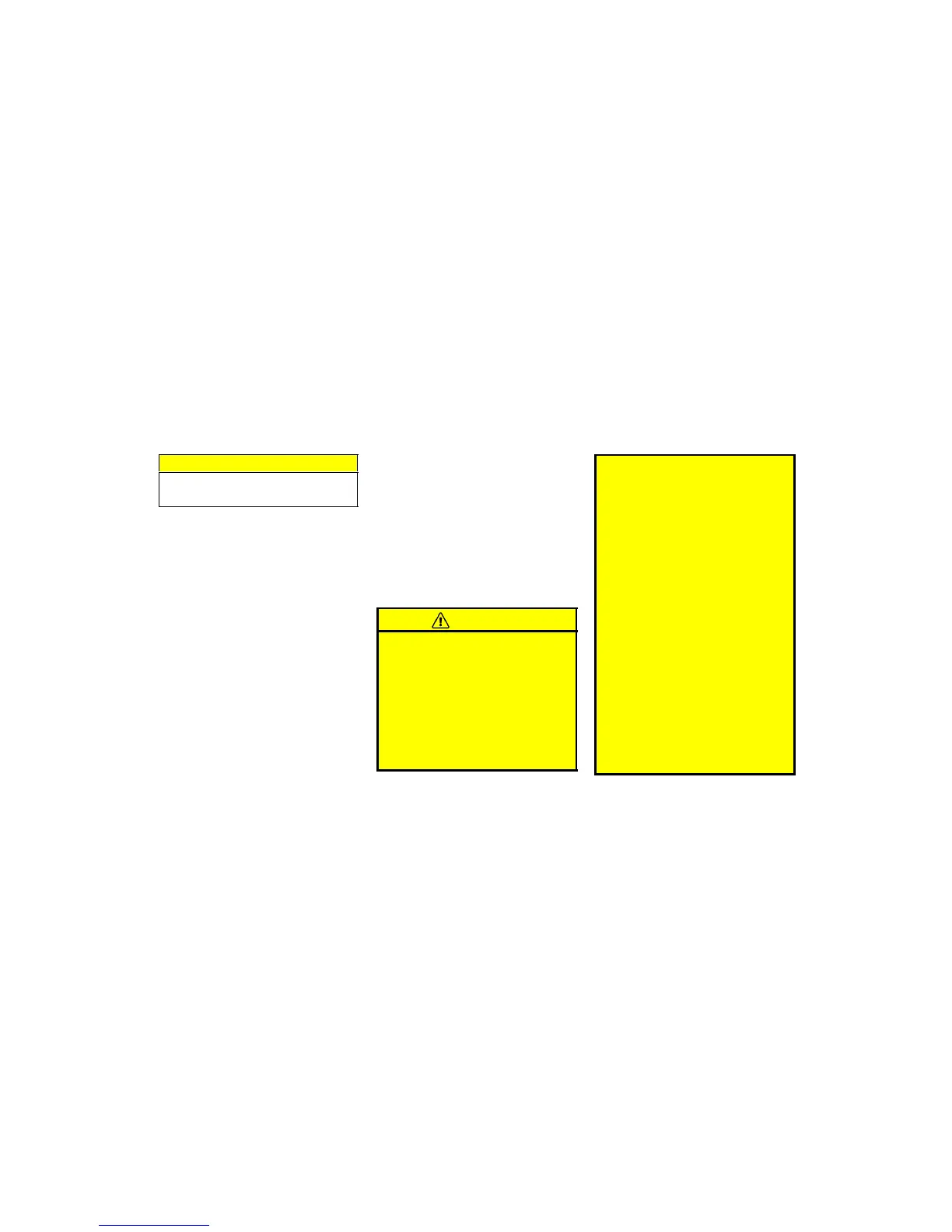 Loading...
Loading...
Do you have a question about the Toyota 2004 ECHO and is the answer not in the manual?
| Brand | Toyota |
|---|---|
| Model | 2004 ECHO |
| Category | Automobile |
| Language | English |
Explains safety and vehicle damage warning symbols used in the manual.
Details the vehicle's occupant restraint systems, including seats, belts, and airbags.
Explains the function of various gauges, meters, and important service reminder indicators.
Covers the operation of the ignition switch, automatic and manual transmissions, and the parking brake.
Covers the controls and components of the vehicle's air conditioning system.
Provides critical safety precautions for installing and using child restraint systems.
Explains the proper installation and use of child restraint systems within the vehicle.
Provides guidance on how to handle various emergency situations with the vehicle.
Outlines the vehicle's maintenance requirements and general care practices.
